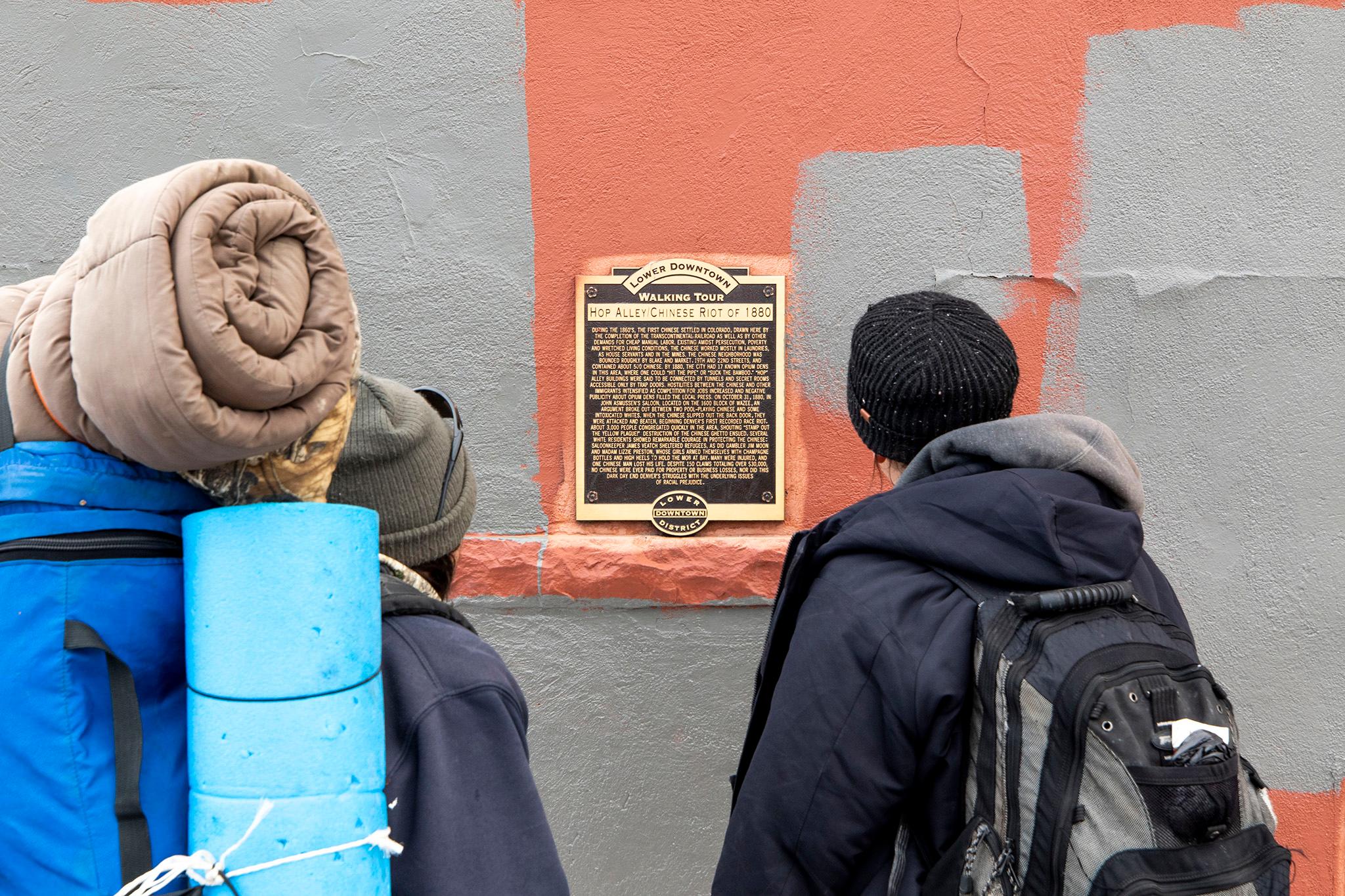Kai Vong was 12 years old when he moved to Denver from Gunnison.
Now 17, Vong said he didn't grow up surrounded by other Asian-Americans. He started the Asian Pacific Islander Student Alliance at East High School so he could connect with his heritage. Vong, who identifies as half Chinese, is now a senior.
"That has just made me really involved in my community and wanting to uplift the voices that have been kind of somewhat muted for a long time," he said.
Vong is also a member of the Denver Asian American Pacific Islander Commission (DAAPIC), which together with other organizations and Asian-American leaders in the city is leading an effort called the Re-Envisioning Historic Chinatown Project. The project aims to provide more historical details about and context for Denver's Chinatown, which once thrived in what is now LoDo.
DAAPIC will host a community meeting about the project on Saturday morning. Vong said it will give people a chance to provide feedback and perspectives on what they want to see from the project, as well as to get an update on what's being considered.
Gil Asakawa, a former Westword journalist who previously served on the DAAPIC, said it's important to celebrate the past -- and learn from it.
"This project is important because the history of our communities of color are, so often, easily forgotten," Asakawa said.
Denver's Chinatown formed after Chinese migrants moved to Colorado during the 1870s. Many had originally moved to the West Coast with the hope of striking it rich in the Gold Rush, according to History Colorado, before ending up in the Centennial State. The migrants chose LoDo specifically because it was centrally located and was an easy place to start a business.
Planning for the Re-Envisioning Historic Chinatown Project started when advocates pushed to replace the existing plaque marking the "Hop Alley/Chinese Riot of 1880," near 20th and Blake streets. As Vong and Asakawa pointed out, the plaque should read "Anti-Chinese Riot," since the event involved white people attacking Chinese residents following an argument at John Asmussen's Saloon on Oct. 31, 1880.
Look Young, a Chinese laundry worker, was fatally beaten during what became the city's first race riot. Chinese-owned properties were also destroyed. Chinatown never fully recovered from the incident, as locals tried unsuccessfully to recover losses incurred during the riot, according to History Colorado.
Vong said the project could involve creating a museum, providing historic markers letting people know they're in an area that was once a Chinatown, a mural, and revitalizing alleyways in LoDo where Chinatown once existed. These are all plans, he noted, so they could change. Asakawa said advocates hope to have the new plaque and mural completed by the summer, while other longer-term goals, like revamping the alleyways, will likely take years.
Others involved in planning include Mayor Michael Hancock's office, the Downtown Denver Partnership, and LoDo District Inc., a nonprofit that represents the historic district. Vong said former state historian William Wei is also helping.
Correction: An earlier version incorrectly identified the man killed during the anti-Chinese riot as "Sing Lee." His name was Look Young.














